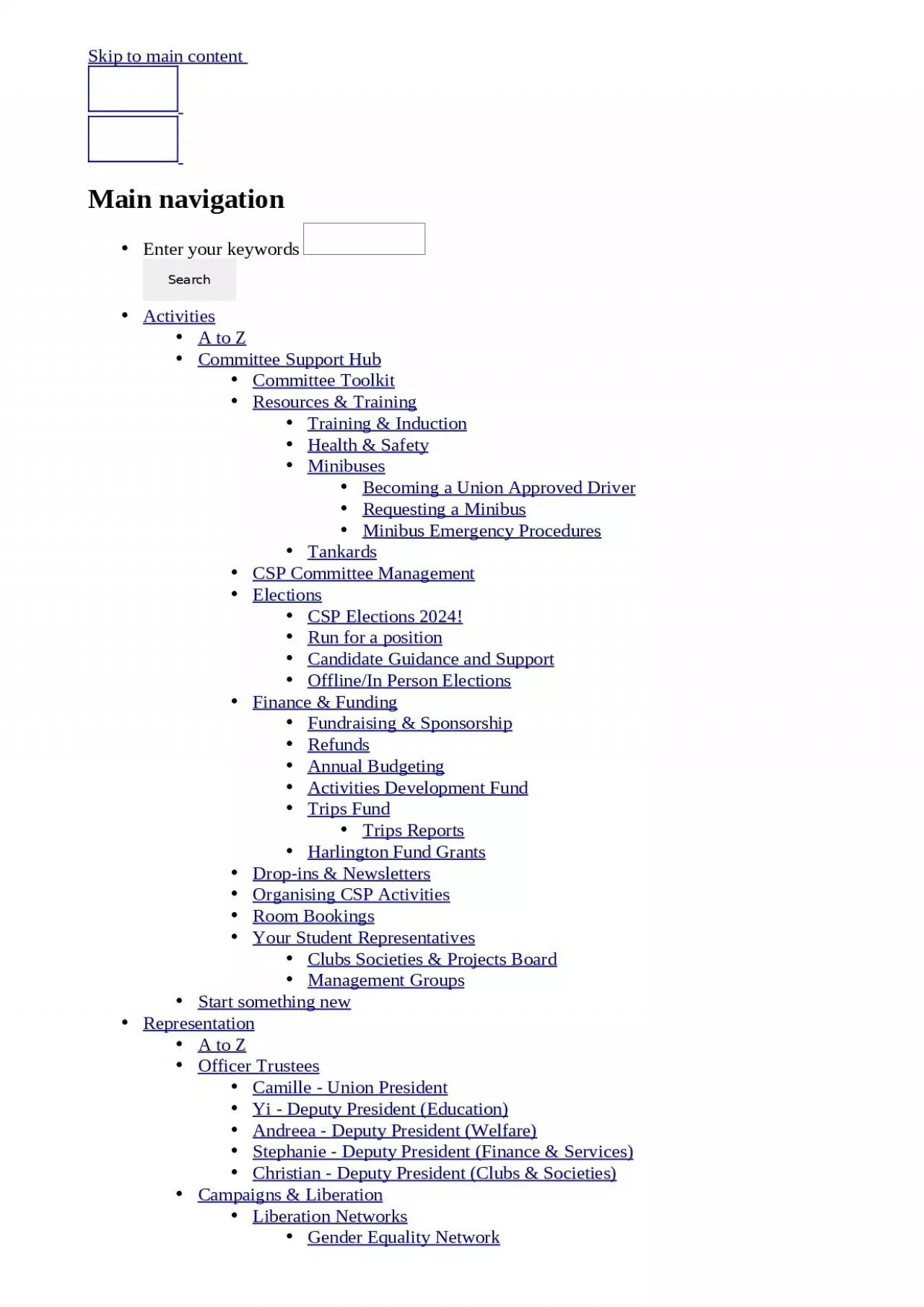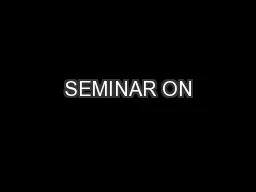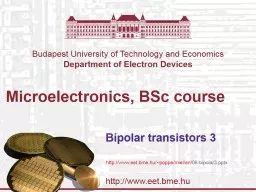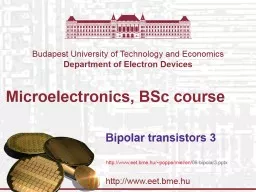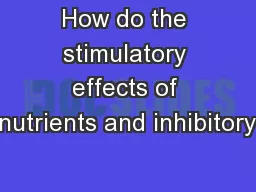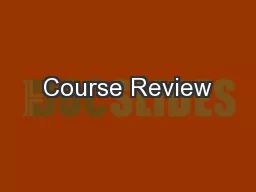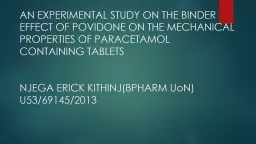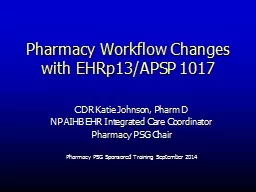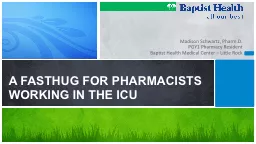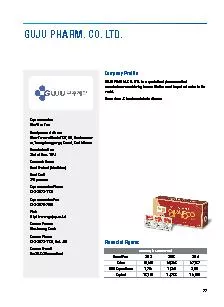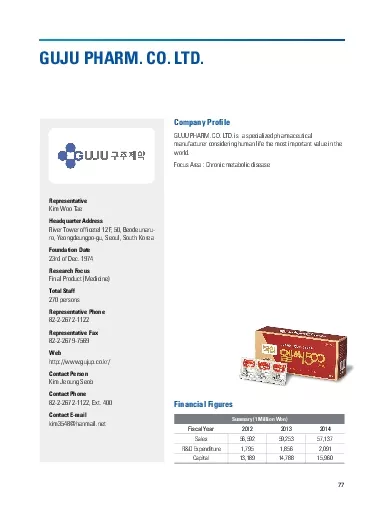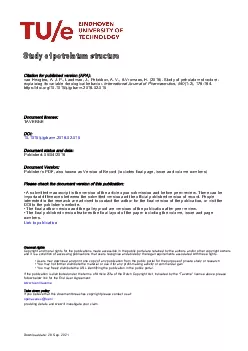PPT-Shehzar Alam- 4 th year Pharm BSC student,
Author : LittleMissPerfect | Published Date : 2022-08-04
sa8318icacuk Adapted from Shayaan Akhtars slides Pharmacology Tuesday 15 th March 2022 1 LO please insert relevant Learning objective reference here 2 Topics to
Presentation Embed Code
Download Presentation
Download Presentation The PPT/PDF document "Shehzar Alam- 4 th year Pharm BSC stude..." is the property of its rightful owner. Permission is granted to download and print the materials on this website for personal, non-commercial use only, and to display it on your personal computer provided you do not modify the materials and that you retain all copyright notices contained in the materials. By downloading content from our website, you accept the terms of this agreement.
Shehzar Alam- 4 th year Pharm BSC student,: Transcript
Download Rules Of Document
"Shehzar Alam- 4 th year Pharm BSC student,"The content belongs to its owner. You may download and print it for personal use, without modification, and keep all copyright notices. By downloading, you agree to these terms.
Related Documents

